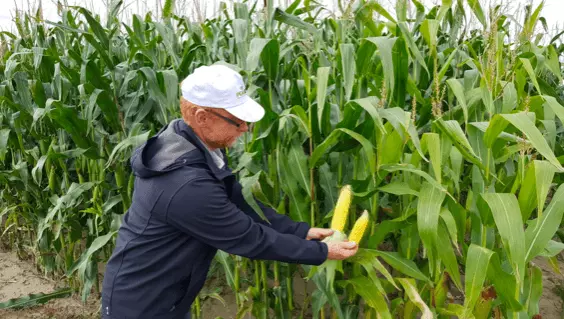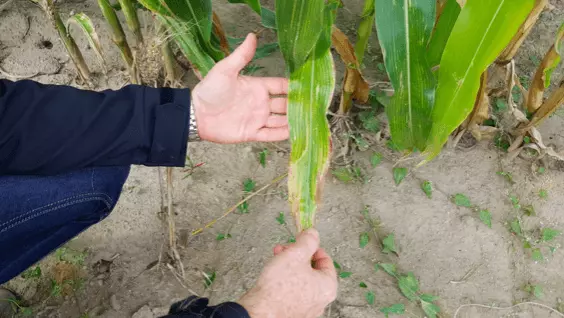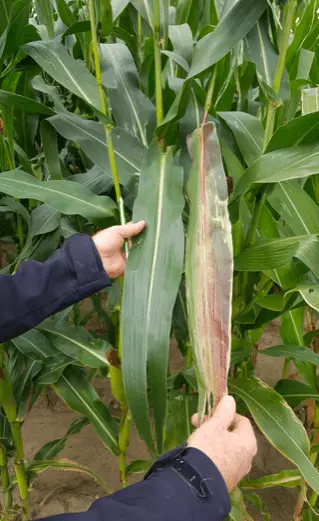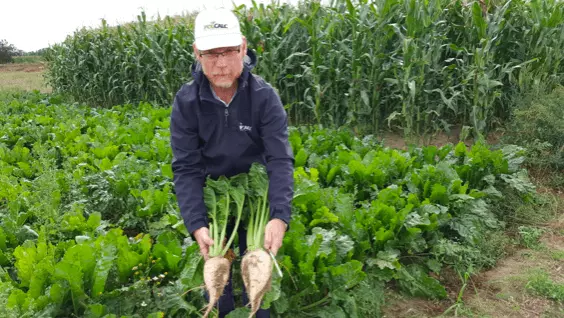
Lime is one of the main macronutrients determining high yields of cereals and other crops. To illustrate to you the impact of soil pH on the yield of crops, Polcalc Company conducted a field experiment at the independent Research Station of the Faculty of Agriculture and Biotechnology of the University of Technology and Life Sciences (UTP) in Mochełek near Bydgoszcz. The experiment was conducted on light acidic soil with a pH of 5.0 – 5.3, classified according to the PTG 2008 classification as loamy sand. Granulated Polcalc III Generation limestone was mainly applied in the fall after plant emergence at a rate of 500 to 1000 kg∙ha-1.
Due to unfavorable weather conditions, the winter wheat harvest was carried out only on August 16th. On the occasion of the harvest, Polcalc's agronomy specialist, Dr. Eng. Piotr Mirosław Szulc, checked the condition of maize and sugar beet crops in the remaining experimental fields. It turns out that the differences in growth, development of plants, and supply of basic macronutrients between crops where Polcalc III Generation lime was applied and crops where liming treatment was not performed are very clear and visible to the naked eye. We will soon present the final results of the "Harvest with Polcalc" campaign, but for now, we present the condition of the remaining crops. Already today, without conducting specialized research, it can be confidently stated: that a plant "with" and "without" Polcalc lime is indeed a big difference!

Photo 1. The effect of lime on the formation of maize cobs. In the left hand, a well-developed cob was collected from a plot where granulated Polcalc III Generation limestone was applied at a rate of 500 kg∙ha-1 . The distinctly darker color of the crop on the left side indicates the application of Polcalc lime, while on the right side, maize with noticeably lighter foliage is growing on soil not limed with lime.

Photo 2. Maize leaves show symptoms of magnesium deficiency resulting from low soil pH

Photo 3. Characteristic symptoms of phosphorus deficiency (right leaf) were observed at low soil pH. Below is a normally developed leaf taken from a plant fertilized with granulated Polcalc III Generation limestone.

Photo 4. The beneficial effect of applying granulated Polcalc III Generation limestone on the growth of sugar beet roots (the last one on the right side!!!!). Calcium deficiency limits the growth of sugar beet roots. It is evident that lime Polcalc III Generation was not applied on the crop on the left side.

Photo 5. Liming with us pays off - look at the sugar beet on the right side!!!






